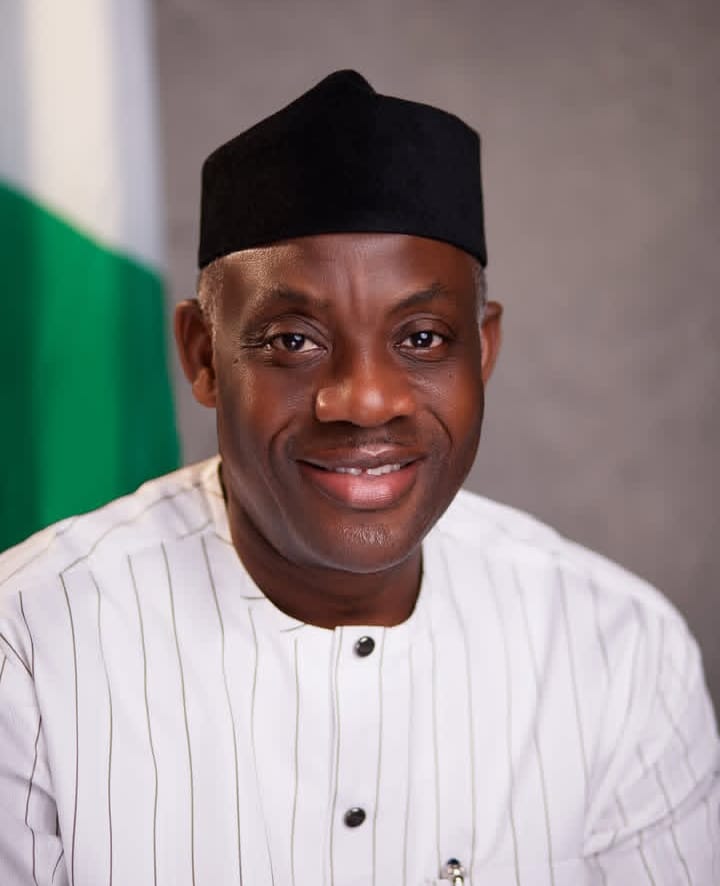Recently, the Federal Government directed medical and nursing colleges across the country to increase their student intake. The goal is to double—or even triple—the number of medical doctors and nurses produced annually.
However, implementing this policy has proven difficult, largely due to the mass exodus of medical personnel, especially doctors and nurses, from Nigeria. This “japa” wave has not only created a shortage of professionals in hospitals but is now also threatening the pipeline for training future healthcare workers, investigations by New Daily Prime reveal.
Education Minister Dr. Tunji Alausa recently said that Nigeria currently needs over 330,000 doctors to meet demand.
Doctor and Nurse Availability: A National Crisis
According to the Medical and Dental Council of Nigeria (MDCN), there are around 55,000 licensed doctors currently practising in the country. This figure is from a total pool of 85,000 to 90,000, with nearly 30,000 working abroad, mostly in the United States and the United Kingdom.
This shortage has left Nigeria far behind the World Health Organisation’s (WHO) recommended doctor-to-population ratio of 1:1,000. The country currently has one doctor for every 9,083 people.
Nigeria Lags Behind Other African Nations
When compared to other African countries, Nigeria falls short. At least seven African nations—including Cape Verde, Seychelles, Libya, Eswatini, Tunisia, Mauritius, and Algeria—have already met the WHO’s benchmark of 10 doctors per 10,000 people. The continental average is 2.6 doctors per 10,000, which still surpasses Nigeria’s ratio.
The Nursing Sector Is No Better
The nurse-to-population ratio in Nigeria stands at approximately 1.25 per 1,000—well below the global recommendation of 2.5 nurses per 1,000 people. WHO recommends a minimum of 2.5 health workers (including doctors, nurses, and midwives) per 1,000 to provide adequate coverage for primary healthcare.
Surge in Emigration
In the last 20 years, about 19,000 Nigerian doctors have emigrated, with 3,974 leaving in 2024 alone. This has created a critical gap in rural healthcare and led to longer hospital wait times. Reasons for the mass exit include poor remuneration, limited facilities, substandard working conditions, and lack of career growth.
The National Association of Nigerian Nurses and Midwives (NANNM) reports that over 75,000 nurses and midwives have left the country in the past five years.
Capacity of Medical Institutions
There are currently 48 government-approved medical schools in Nigeria. According to the MDCN, their combined annual admission capacity is just 3,530 students.
The Nursing and Midwifery Council of Nigeria (NMCN) oversees 290 approved institutions, including schools of nursing, midwifery, and university nursing departments. Their total annual capacity is below 50,000 students.
Government’s Response
Dr. Tunji Alausa said, “We’ve increased annual nursing admissions from 28,000 to over 100,000. It’s a fivefold jump. But even this is just a drop in the ocean. We have a shortage of 330,000 doctors for a 220 million. By 2050, when Nigeria’s population is projected to hit 400 million, the deficit will be staggering.”
He added, “We’re improving infrastructure—building simulation labs and investing ₦110 billion through TETFund to upgrade eight medical schools. Six new simulation centres are also being constructed for ₦40 billion.”
A 19-member committee headed by renowned neurosurgeon Prof. Wale Sulaiman has been inaugurated to implement and monitor the initiative, which includes improving patient safety and increasing training capacity.
Provosts Speak: We’re Ready, But We Need Support
Provost of the College of Medicine at David Umahi Federal University of Health Sciences (DUFUHS), Prof. Esther Uzoamaka Ajuluchukwu, said the MDCN recently raised their quota from 100 to 150. “We are prepared to accommodate more students. As the university grows, further increases are possible.”
At Alex Ekwueme Federal University (AE-FUNAI), Provost Prof. Paul Ezeonu said, “We are in good standing to admit more students.”
Similarly, the University of Nigeria Teaching Hospital (UNTH) recently launched a College of Nursing Science, with its pioneer set of students starting in January 2025.
Concern Beyond Infrastructure: Where Are the Lecturers?
Heads of institutions agree that the bigger challenge is the shortage of teaching staff. Most specialist lecturers have joined the exodus abroad. The National Postgraduate Medical College of Nigeria, which trains doctors in specialised fields, is struggling to attract new candidates due to emigration.
Prof. Akin Osibogun, the college’s immediate past executive officer, said, “We need to train and retain more professionals by improving their work conditions. The government must provide financial and non-financial incentives.”
UI Provost: We Must Plan Strategically
Prof. Temidayo Ogundare, Provost of the College of Medicine, University of Ibadan, said the directive is a “significant challenge” but also an opportunity.
“We’re assessing our facilities and planning for expansion. Clinical training environments are a top priority. We’re also recruiting more lecturers and investing in faculty development,” he explained.
On financial sustainability, he added, “We’re engaging government bodies for additional funding and seeking partnerships with the private sector. Accessibility and affordability for students remain key.”
Final Word from a Frontliner
Dr. Tolu Sonaike of P&G Medical Centre, Lagos, said infrastructure is important, but “we must prioritise finding expert trainers.”
“There are aspects of medical education that can’t be taught in books. Students need real-world guidance. Most of those experts are gone. Without them, simulators alone won’t fix the system,” he concluded.



